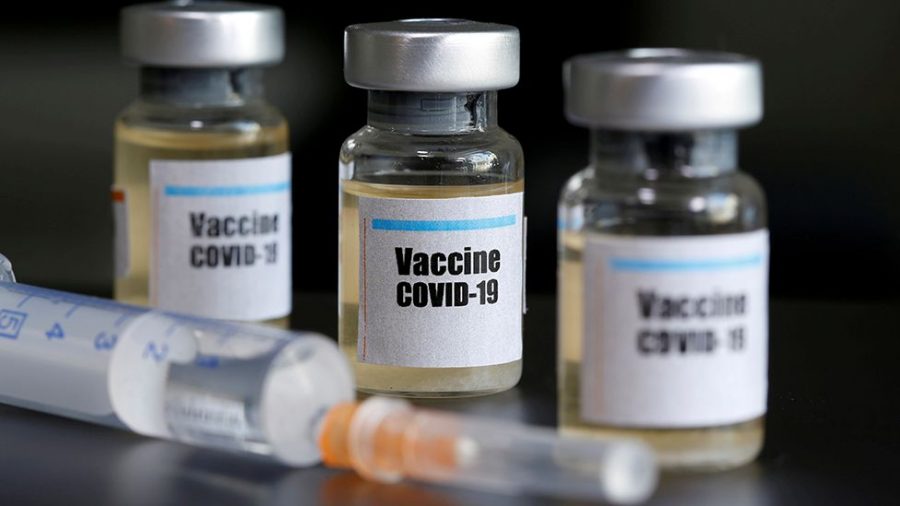Covid-19 Vaccine types
February 16, 2021
There are four main types of vaccines currently approved, in approval, or being considered in the MENA region in its fight against COVID-19. Over the past month, a number of COVID-19 vaccines have been approved for general or emergency use in the Middle East and North Africa. Understandably, there remains confusion over which one to choose from. For example, should it be based on technology? Which one has the most advantages? Or simply on the one a country’s government chooses? However, what we can agree on is that all vaccines work by exposing the human body to particles or molecules that trigger an immune response, thus protecting the subject from future infection. The key difference between the four main types of vaccines is the method of exposure used.
One Covid vaccine type is the whole virus vaccine. this vaccine type includes Sinopharm, Sinovac. The number of doses required is 2 doses, intramuscular. Other licensed vaccines that use this type of technology is Hepatitis A, polio, and rabies. What to know about the vaccine the whole virus vaccine uses a weakened or deactivated form of the pathogen that causes COVID-19 to trigger protective immunity to it. The two vaccines that I mentioned above Sinopharm and Sinovac both use inactivated pathogens, therefore they cannot infect cells and replicate, but can trigger an immune response. Some benefits according to Gavi, the Vaccine Alliance GAVI, the advantages of an inactivated whole virus vaccine include the fact its technology is well established, it is suitable for people with compromised immune systems, and it’s relatively simple to manufacture.
RNA/mRNA vaccine is another type of vaccine that includes Pfizer biotech, and Moderna. The number of doses required are 2 doses, intramuscular .What to know about this vaccine since no other existing licensed or approved vaccine uses this type of technology, the Messenger RNA. However, several mRNA vaccines have been studied in the past for illnesses and diseases including cytomegalovirus, influenza, rabies, and the Zika virus. According to the Centers for Disease Control and Prevention, “Researchers have been studying and working with mRNA vaccines for decades. Interest has grown in these vaccines because they can be developed in a laboratory using readily available materials. This means the process can be standardized and scaled up, making vaccine development faster than traditional methods of making vaccines.
So how does this vaccine work? According to a report from CNN the COVID-19 RNA vaccine consists of mRNA molecules once injected into the body, the mRNA instructs the cells to produce antigens such as spike protein which are detected by immune cells, triggering a response by the body’s lymphocytes. The killer T-cells destroy the infected cells, while the B-cells and helper T-cells support antibody production. Whoever is exposed to the COVID-19 coronavirus in the future would have an immune system that recognizes it, and in turn, fight off the infection.
Some advantages include good safety since there are no live components, there’s no risk of the vaccine triggering disease, reliability, and that it’s relatively simple to manufacture. Disadvantages are unintended effects such as an unintended immune reaction, ensuring effective delivery into the body since free RNA in the body is quickly broken down, storage issues, plus the fact that this type of vaccine has never previously been licensed for humans.
The third vaccine type is Non-Replicating Viral Vector; this vaccine includes Oxford-AstraZeneca and SputnikV. This vaccine requires two doses and it is intramuscular. What you need to know about this type of vaccine is it introduces a safe, modified version of the virus known as the vector to deliver genetic code for the antigen. In a Covid-19 vaccine, the vector is the spike proteins found on the surface of the coronavirus. Once the body’s cells are infected, the cells are instructed to produce a large amount of antigens, which in turn trigger an immune response. The benefits of viral vector based vaccination is another good established technology that can trigger a strong immune response as it also involves both B cells and T Cells.
Some challenges are previous exposure to the vector could reduce effectiveness, plus these types of vaccines are relatively complex to manufacture compared to others. Another type is Protein Subunit Vaccine this includes Novavax. The number of doses required are 2 doses, intramuscular. What to know about the protein subunit vaccine is it contains purified pieces of a pathogen rather than the whole pathogen to trigger an immune response. It is thought that by restricting the immune system to the whole pathogen, the risk of side effects is minimized. The benefits of protein subunit vaccination is also a well-established technology that’s advantageous for those with compromised immune systems. Some challenges of this type of vaccine is relatively complex to manufacture, and adjuvants and booster shots may be required.
Some side effects are on the arm where you received the shot pain and swelling. Throughout the rest of your body fever, chills, tiredness, and headaches. I interviewed Filiberto Huerta, my dad. I asked him if he ever contracted Covid or not? When did he get the vaccine? Did you feel better after? He said “I got COVID-19 January 9th 2021, I had a bad cough and a fever so I went to the doctor to take the test and it was positive. I got the vaccine 3 weeks later, it hurt a little bit after I had some pain in my hand, and a bad headache, so hopefully I don’t get Covid again it was such a bad experience.” I also interviewed Guadalupe Vasquez, my aunt, she stated, “ I never got Covid because I stayed safe with a mask. I got the vaccine last week. It was a bit painful but I just had hand swelling where I got the shot and a light headache. I didn’t get a major headache or other side effects.”

